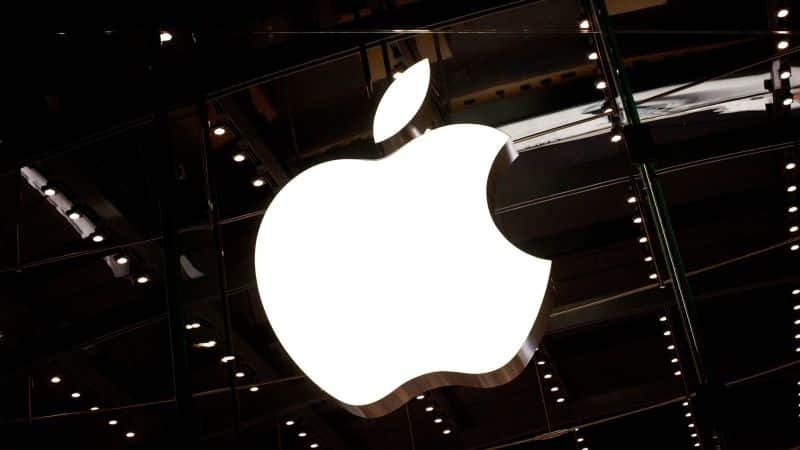Apple is pressuring its suppliers to ramp up investment in automation or risk losing valuable contracts for future iPhone production. According to DigiTimes, the company is making automation a key requirement for manufacturers seeking to secure orders.
The move reflects Apple’s long-term goal to cut costs and reduce reliance on large factory workforces. Assembly partners such as Foxconn employ thousands of workers, but automation could significantly shrink those numbers.

Benefits of Automation
By standardizing production with robotics and automated systems, Apple hopes to ensure consistency across global facilities. If the same machinery is used in multiple countries, results remain uniform regardless of location.
Automation also shields production from disruptions caused by global crises. During the COVID-19 pandemic, restrictions limited factory operations, leading to delays in iPhone assembly. A more automated system would make Apple less vulnerable to such setbacks.
Additionally, automation reduces labor costs, increases efficiency, and enhances quality control across Apple’s vast supply chain.
Global and Political Pressures
Apple’s push for automation comes amid growing pressure from the United States over its heavy reliance on Chinese factories. The shift can be traced back to the trade war that began during Donald Trump’s presidency.
Since then, Apple has diversified operations by setting up production lines in India, including iPhone 17 assembly for U.S. markets. Increased automation could make it easier for Apple to expand further into other regions, and potentially move some production to the U.S.—a long-standing political goal.
The Road Ahead
For suppliers, the message is clear: invest in automation or risk losing Apple’s business. While Apple has previously supported suppliers with funding for upgrades, this time it expects them to bear the costs themselves.
This shift marks another step in Apple’s effort to create a more resilient, cost-efficient, and globally distributed supply chain.











